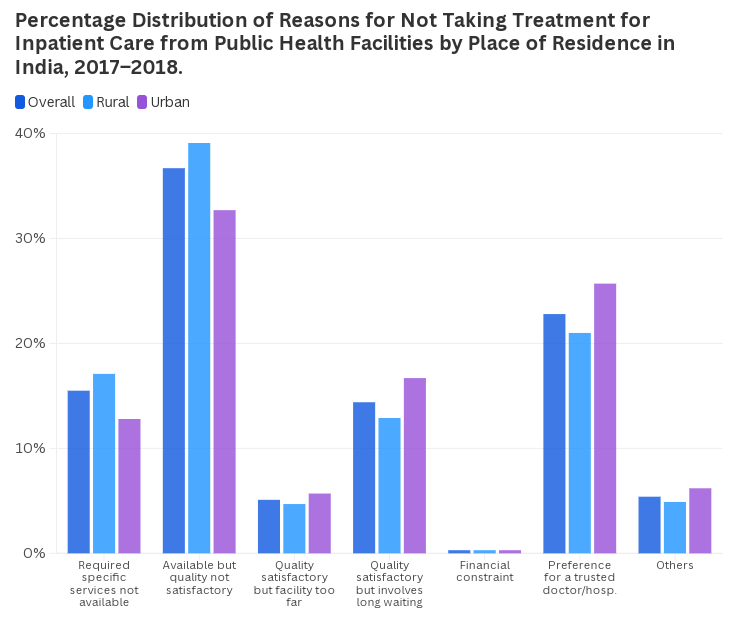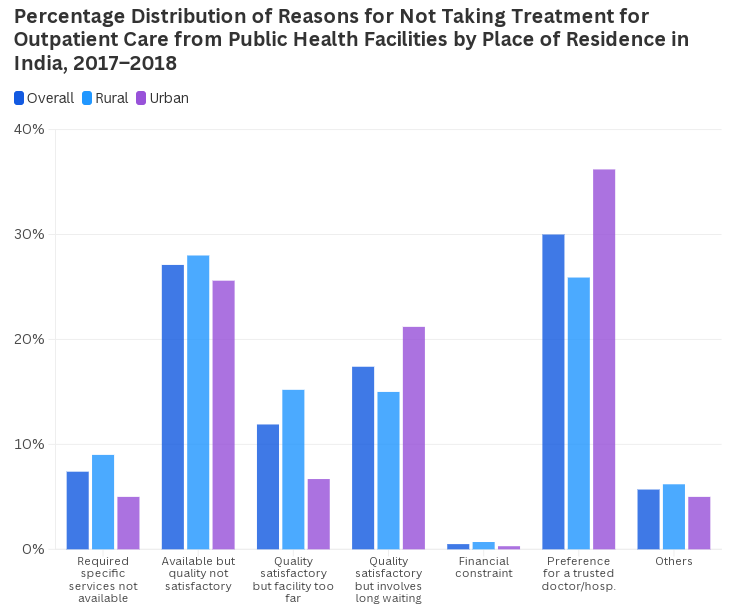7667766266
enquiry@shankarias.in
Mains Syllabus: GS II – Issues relating to development and management of Social Sector/Services relating to Health, Education, Human Resources.
Recently, a report titled “Benefit Incidence of Public Health Expenditure in India: Urban–Rural Equity Matters for Universal Health Coverage” has been published in the Journal of Health Management.

